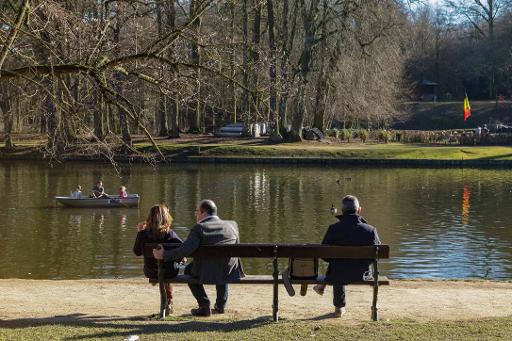The average well-being of Belgians has improved since 2016, but could ultimately be threatened by falling environmental capital indicators, the national Planning Office warned in a report on Wednesday.
After going down from 2008 to 2015, the overall national well-being indicator has been on the upswing since 2016, but the four poles taken into consideration when computing the indicator have had mixed results, according to the Planning Office’s 2020 report on complementary indicators to the GDP.
Human capital, measured by the state of the population’s health and education levels, has remained stable since 2012, after going up from 2005, thanks mainly to improved “higher-education-graduate” figures.
Social capital, which is the quality of inter-personal relations, has been stable since 2005, while economic capital – infrastructure, buildings, equipment and the like – has improved since 1995.
On the other hand, environmental capital has been in free fall since 1992. CO2 concentrations in the air have worsened, there is more nitrate in groundwater, etc. The sole exception is water quality levels, which have partially improved since 2008.
Sustained improvement in wellbeing is possible when all four areas – human, social, economic and environmental capital – keep improving. However, it is jeopardized when the environmental capital worsens, the Planning Office said.
The four poles are accompanied by 67 complementary indicators that provide information on society’s evolution. These are generally in line with the main indicators, with the exception of environmental capital. Here, many of the additional indicators, including nitrogen oxide and farm pesticides, are nearing their goals, but “they are not decreasing enough to reverse the general trend” for environmental capital.
The indicators are disaggregated according to criteria such as gender, income and age. This shows, for example, that gender inequality has gone down in areas such as unemployment, while it has worsened where education levels are concerned.
For 32 indicators, a regional breakdown was also done, highlighting significant differences, as in the case of unemployment, which was 13.4% in Brussels, 3.5% in Flanders, and 8.5% in Wallonia.
The Brussels Times

